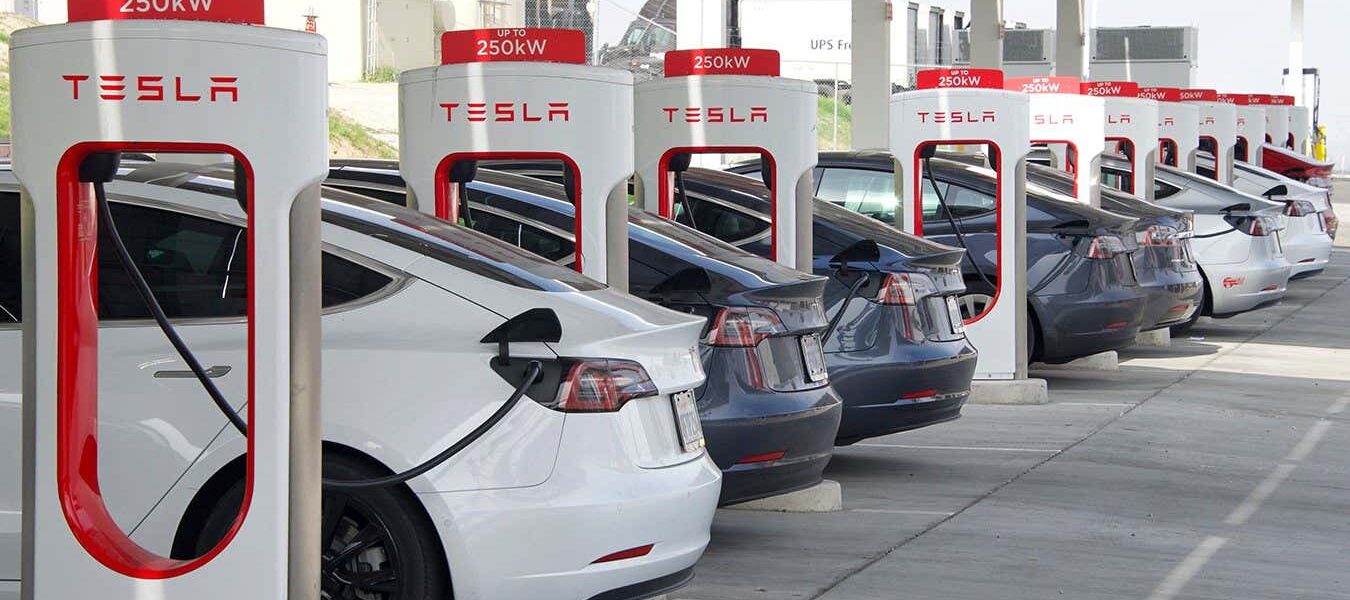The European automobile industry has been accelerating their electrification activities to achieve carbon neutrality in 2050. National governments have introduced various incentive measures such as purchase subsidies and tax reductions to promote the use of electric vehicles (EVs).
Sales of EVs increased steadily. However, when the subsidies ended or were reduced in the second half of 2023, EV sales began to slow. EV sales in Europe for the period of January-October 2024 declined by 1.7% year-over-year (y/y). While many automakers have renovated and expanded their plant facilities to prepare for EV production in the future, it is unclear if the EV demand will increase as planned. Some manufacturers decided or are considering closure of their plants and reductions in their workforce. In October 2024, the European Commission concluded a subsidy investigation on imports of EVs from China to find if subsidized EVs built in China are imported to the EU at low prices and a surge of these EVs pose economic threats to the EV industry in the EU.
The investigation showed the Chinese EV value chain benefits from unfair subsidization which causes a threat of economic injury to EU manufacturers of EVs. Thus, the Commission decided to impose countervailing duties on imports of EVs from China for a period of five years. Some Chinese automakers began or are planning production of EVs in the EU to cope with the countervailing duties.
National governments have decided to improve tax exemptions and continue subsidy programs to increase the use of EVs, coping with a recent drop in EV sales. While automakers are formulating the electrification strategies to achieve the EU targets of reducing net greenhouse gas emissions, some companies have adjusted their plans.
Some activities include launching low-priced EVs to compete with Chinese manufacturers’ products and sharing platforms among different brands to reduce costs. For the period of January-October 2024, passenger car sales in 31 European countries increased by 0.9% y/y to 10.821 million units, and production volume in 17 European countries declined by 1.3% y/y to 11.595 million units.
A drop in exports of EVs and plant facilities renovation for production of next-generation EVs pushed down production volume. In Germany, the largest market in Europe, both production and sales remained on the same level as the previous year. In France, while production leveled off, sales slightly fell, and in Italy, production decreased while sales stabilized. In the U.K., production fell but sales increased.








